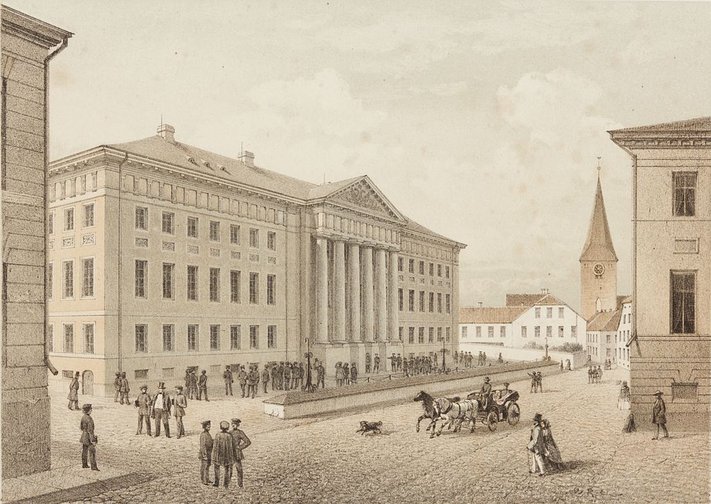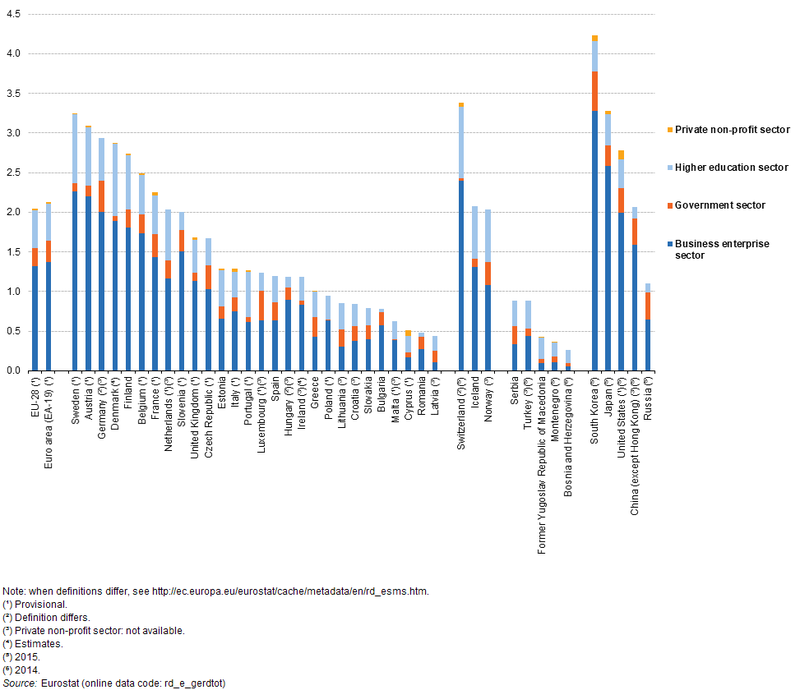In this article originally written for OpenDemocracy-Russia, you will learn of the warning strikes taking place this summer at Estonian universities.

Recent academic strikes in Tartu and Tallinn show that staff in Estonian universities have the determination to fight for a long overdue increase in funding. The strikes at Estonia’s two centres of higher education and research were a direct response to a state budget announcement in which the higher education sector was once again sidelined.
This kind of display of collective unity is remarkable in the highly individualistic Estonian academy. Given that grassroots mobilisation has not previously influenced higher education policy-making, these warning strikes – combined with other activities in the last 12 months – are a turning point. Academic staff and students have emerged as a force to be taken seriously and trade unions have risen to the challenge of contesting continuing austerity. Amid a crisis caused by years of underfunding, there is once again hope for renewal and institutional justice.
Estonia is home to six public universities and one private university, which have endured a decade of neglect following the 2008 economic crisis. For much of this period, the issue of underfunding has received little attention. Successive government coalitions led by the pro-austerity Reform Party had no place in their agenda for investing in institutions of higher learning or increasing public funding available for research. While economic growth resumed in 2010, public sector investments have remained scarce.
Kadri Aavik, an Estonian sociologist, argues that the underfunding of science and higher education in Estonia stems from a paradigm of neoliberal governance that continues to be influential in higher education policy. For Aavik, this paradigm focuses on the self-sufficiency of individuals and institutions. Scientists and universities need to be proactive in finding research funding, and the failure to succeed implies that they might not deserve it. Short-term and project-based funding is the order of the day – and obtaining it requires a strenuous effort at the cost of academic freedom.
A 2017 University of Lincoln study concluded that Estonian universities have the least academic freedom of all EU member states. Estonia ranks last in terms of job security and performs poorly in other categories as well. Academic freedom has unmistakably deteriorated under such conditions.
December 2018 saw a political agreement to raise public funding for research and development to one percent of GDP in three years. All the parliamentary parties, except for the Conservative People’s Party of Estonia (EKRE), signed the treaty together with the Estonian Academy of Sciences, the Estonian Employers Confederation and Estonian Chamber of Commerce and Industry. In 2017, the percentage of public sector funding for research and development was only 0.53 percent of GDP. Eurostat statistics from 2016 reveal a similar percentage of public funding and overall gross domestic expenditure less than 1.5 percent of GDP.

There is a broad agreement that lack of stable funding jeopardises the future of Estonian science and universities. The issue has been regularly discussed by academics both in the press and on social media. More than a dozen round table events have been held in order to raise consciousness of the problem and support the standing of research and development as a political priority. Add to this the fact that Estonian economy is doing well and all the right boxes for an increase in investment should have been ticked.
In late May, Estonia published its new state budget strategy. Once again, universities and science have been failed by the new government coalition consisting of the centrist Central Party, conservative Fatherland and right-wing populist EKRE. Much like the rest of Europe, rightwing populism is on the rise in Estonia as well. 2019 marks the first time that a rightwing populist party has entered government coalition. This has provoked understandable criticism. Many critics of EKRE, however, fail to grasp how the technocratic liberalism of the Reform Party (2007-2016) led to social division – and enabled EKRE’s success. It is for this reason that a return to previous pro-Brussels elitism appeals to them as a solution to the current malaise in the form of increased intolerance and xenophobia.
The disregard shown towards research and higher learning is a symbolic failure for Estonia’s new coalition – it damaged even the limited credibility which it had and made earlier promises look hollow. Financial constraints were claimed to be the reason behind the surprising and disconcerting decision. Estonia stands out in the European Union with its minimal state debt (8.4% of GDP) – the lowest of the 28 member states. This has been achieved with ruthless fiscal discipline, touted as sound economic rationale or “living within one’s means”. Austerity appears to be the only game in town. Honouring the agreement to provide one percent of GDP to science and development would require a modest investment of 47 million euros each year in the time period 2020-2022.
A reductive stance towards science and universities prevails in Estonian politics. Their right to exist beyond product and technology development is in doubt. Academics in Estonia are also known for speaking about the economic benefits of research and development, with the “knowledge-based economy” a pragmatic aim with which to legitimise research. A brave new world of start-ups, driverless public transport and business incubators springs to mind. However, this line of argument risks losing sight of the value of higher education as a public good, i.e something irreducible to economy and indispensable for human flourishing and a fair society. These need to be underscored and preserved as norms.
The academic mobilisation that lead to two warning strikes in June has emerged in conditions of deepening crisis. Job security – and wages – remain unsatisfactory in Estonian universities (quite often below the national average in real terms), and research groups are disintegrating due to lack of sustainable funding. Estonian academics are understandably weary of being on strike: the country lacks a strong tradition of collective labour struggle. Even if other options have been exhausted, declaring a strike has been deemed hazardous and unfeasible. Instead, the modus operandi has been to find individual solutions to systemic contradictions, as the late sociologist Ulrich Beck once famously commented on the prevalent life strategy in contemporary individualised societies.
It is for this reason that the two short but successful warning strikes on 5 June are significant. The self-consciousness and assertiveness of academic staff is increasing. Academic trade unions have become visibly stronger in the last 12 months. Their cooperation has been well mediated by the Estonian Trade Union Confederation. A historical window of opportunity has emerged to challenge the ailing status quo and achieve just working conditions for academics and researchers in Estonia. It is now up to the Estonian government to redeem their commitment to the one percent GDP funding agreement. Or else a general strike will become necessary in autumn.

